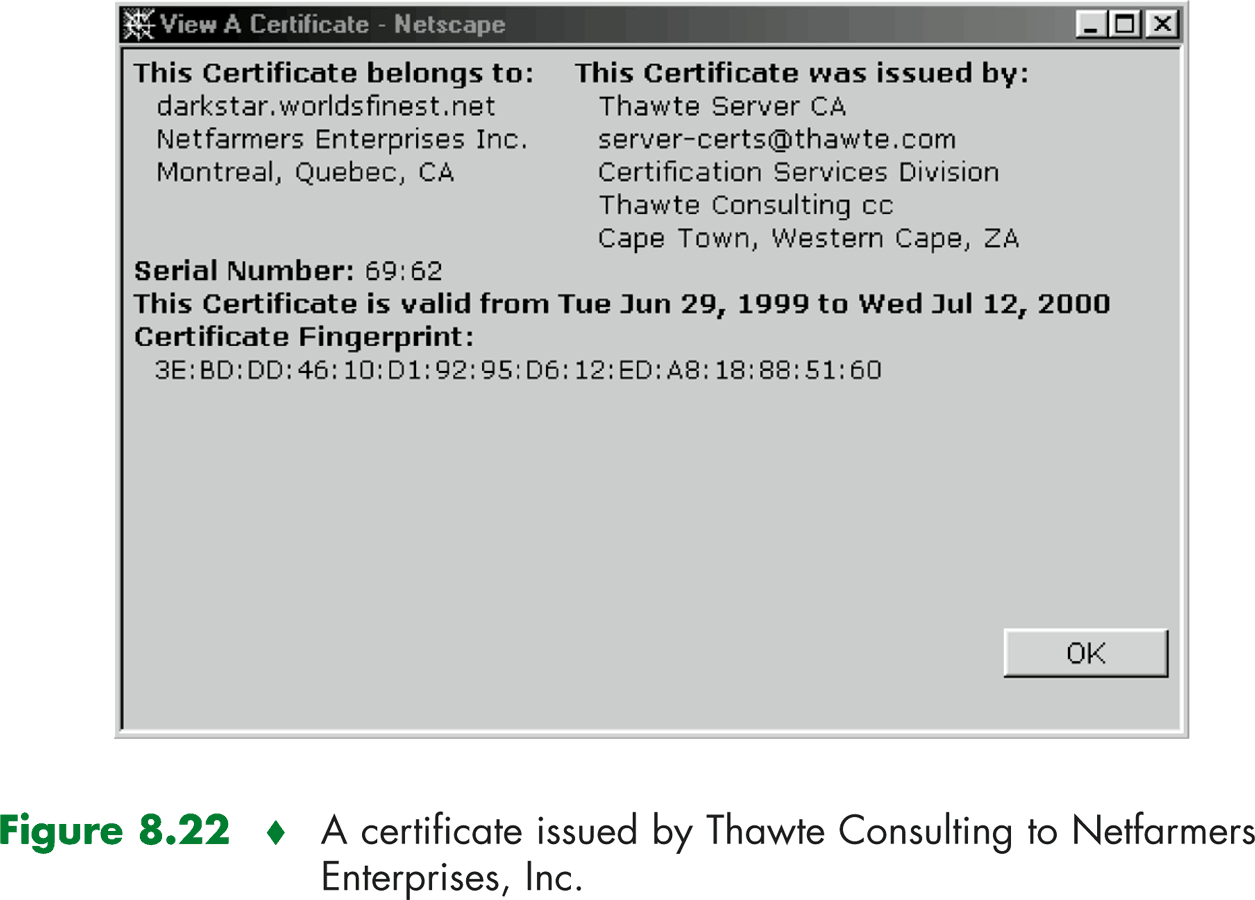|
From a netwrok administrator's point of view, the world divides quite neatly into two camps--the good guys and the bad
guys. In many organizations, ranging from medieval castles to modern corporate office buildings, there is a single
point of entry.exit where both good guys and bad guys entering and leaving the organization are security-checked.

A firewall is a combination of hardware and software that isolates an organization's internal network
from the INternet at large, allowing some packets to pass and blocking others. A firewall allows a network administrator
to control access between the outside world and resources within the administered network by managing the traffic flow to
and from the resource.
There are two types of firewalls: packet-finltering firewalls and application-level gateways.
|
